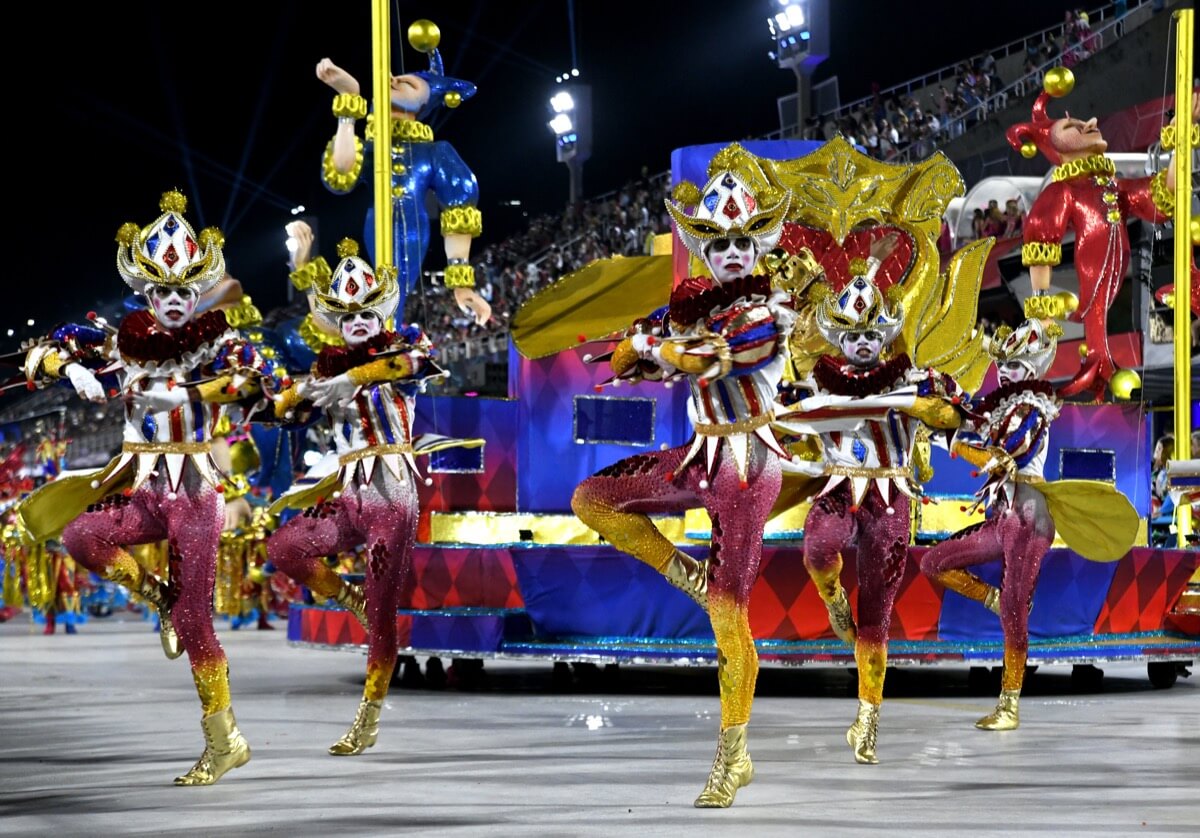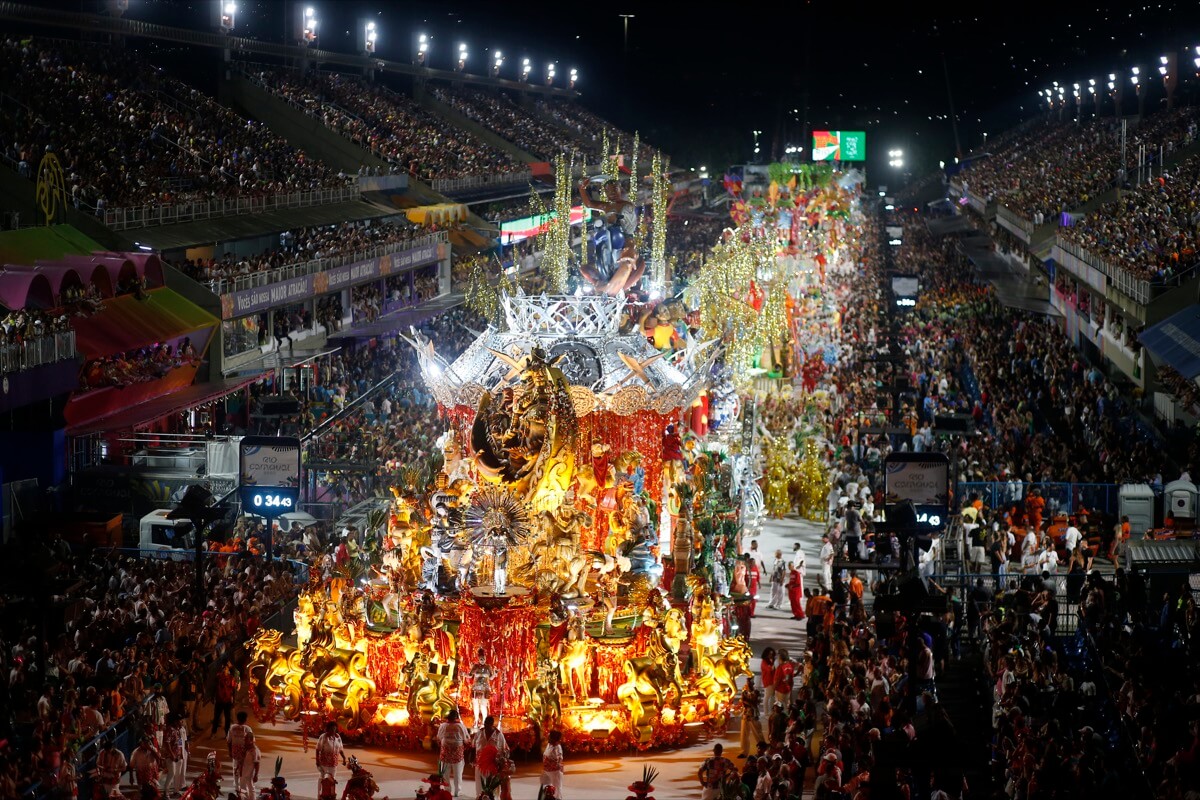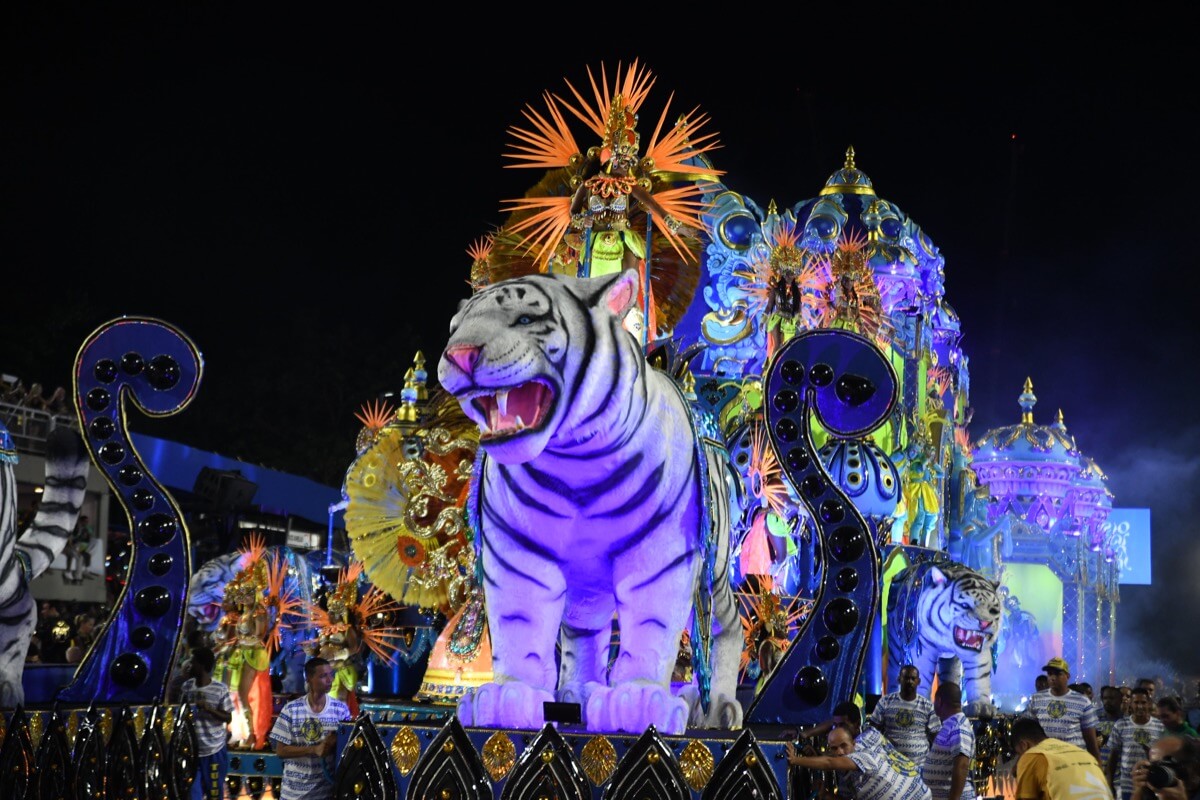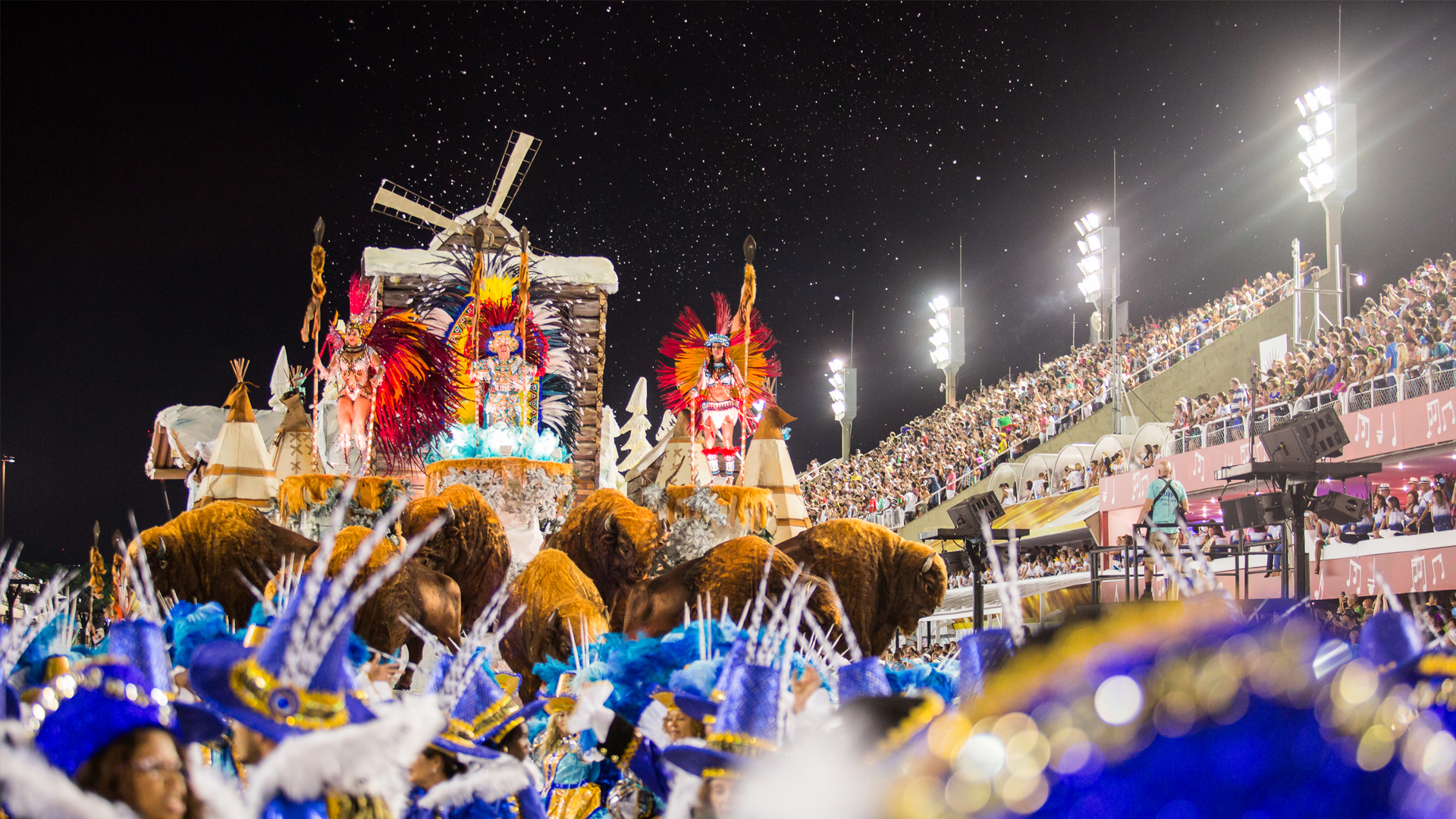The Samba School’s history did not start out to be as extravagant and grandiose as it is today. The streets were not yet filled with crazy and colorful costumes, or loud music. The carnival was a simple parade made up of a flag holding pair which led the parade, floats, and the Vanguard Commission.
Samba on the other hand, did not exist. Brazil was a strict catholic country and prohibited the practice of any form of religion, this included African religions. Back then, the Rio Carnival was defined by Polka, Waltz, Scottish, and Mazurka music.

Ironically, the people behind the rhythm and harmony of the music being played at the parade were no Catholic at all. These included the Russian Jews, Gypsies, Poles, and Afro Brazilians who would later contribute to what we know now as Samba. This is the Samba School’s history.
The Very First Samba School
Samba School’s history started with the very first group to consider themselves as a “Samba School”, they were the Deixa Falar.
They were located on the hills beyond Praca Onze and was formed in 1926 but disbanded a few years after and then re-organized again under the banner of Estacio de Sa. Another few years later in 1928, another group deemed themselves as a Samba School, the Mangueira. Most schools are made up of members who come from the slums of Rio de Janeiro but through these groups, the people of Rio find a sense of involvement and fraternity among themselves.
Popular Samba Schools in Rio
Rio’s Samba School’s history was shaped mainly by the well known schools. Salgueiro, Unidos da Tijuca, Grande Rio, Beija Flor and Mocidade are among the most popular Samba Schools in Rio today, but these schools were previously owned by popular football teams and soccer clubs back in the day.

In the 1920s-30s there was a lot of instability within Samba Schools, which is why they all strived to create something new and exciting for the annual parade to achieve the success that they are experiencing today.
The Era of Samba Competitions
Competitions in the Rio Carnival have been held since the 19th century and have been an important part of the Samba school’s history. The list of criteria for judging parades at the Rio carnival was created by the group ‘O Globo’, the largest Brazilian media group who also sponsored the parades of 1932 and 1933.
However, competitions and parades started way back in 1929. In the beginning only the Deixa Falar used to parade on Praça Onze grounds but years later, five schools joined in, which eventually grew to nineteen contestants.
Competitions today
Samba School’s history is filled with parades and competitions, still very similar to what we have today.
The competitions nowadays are getting tougher and harder to judge, with samba schools pushing the limit when it comes to giving their all out performance. Samba schools are given only 75 minutes to parade at the Sambodromo. Out of all the schools that will perform, only 12 will be selected to challenge each other in a two day competition to win the coveted championship.
The Themes and Music of the Rio Carnival
Performances at the Rio Carnival are not all about loud music and extravagant costumes; each performance embodies a theme based story.

This can either be about arts, politics or sports, all interpreted through harmonious choreography, groovy music and upbeat carnival songs.
Schools have contributed a lot in Samba school’s history but before that, the Africans brought the Samba cadences to the locals of Brazil during the slavery period, and up to this day plays a vital part of their culture and heritage. To celebrate, Samba Schools make sure that each performance is innovative and exciting.
Aside from the thousand performers who strut it out to represent their school, there are also members who work behind the curtains just to make sure that their group will bag the championship.




